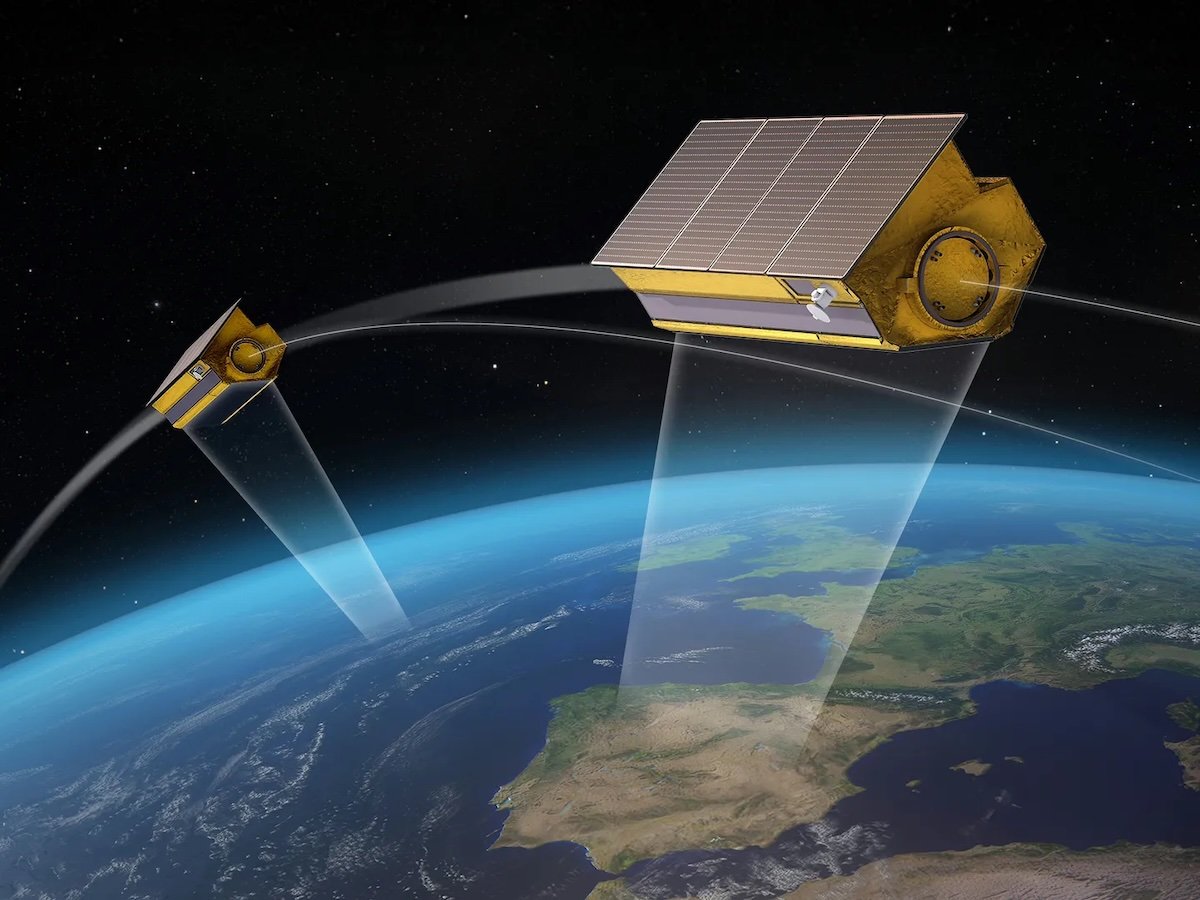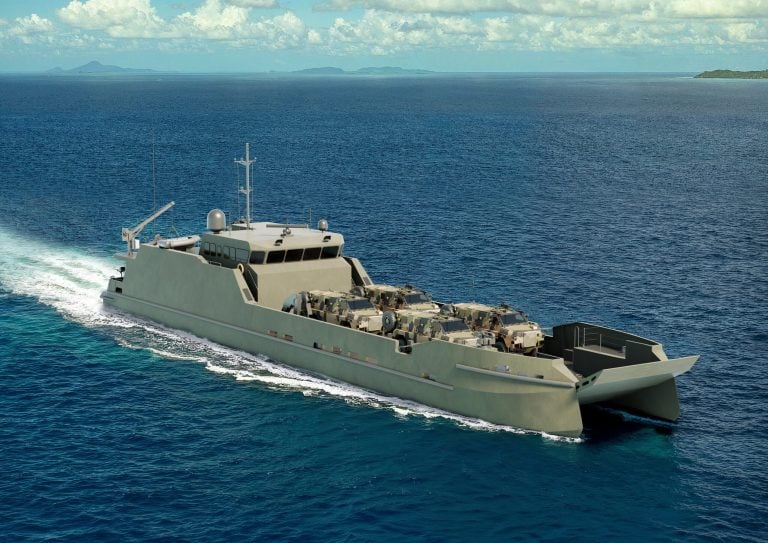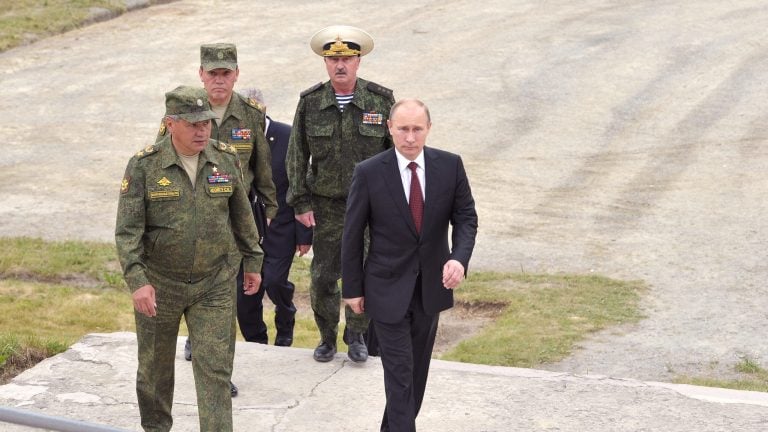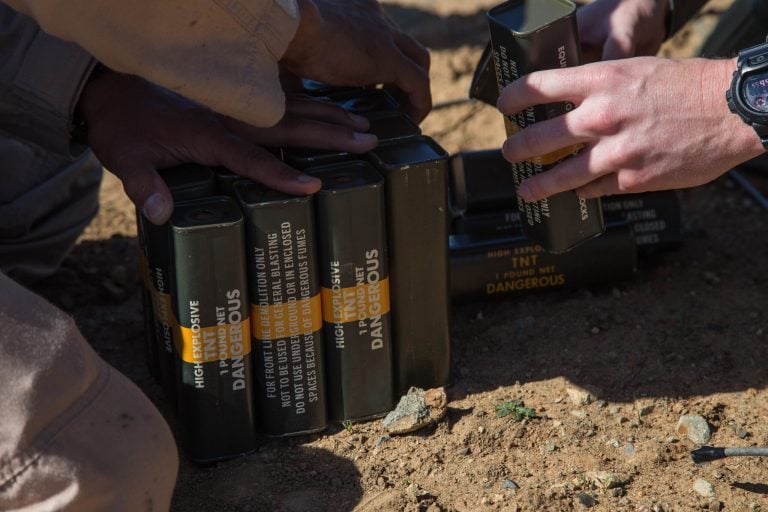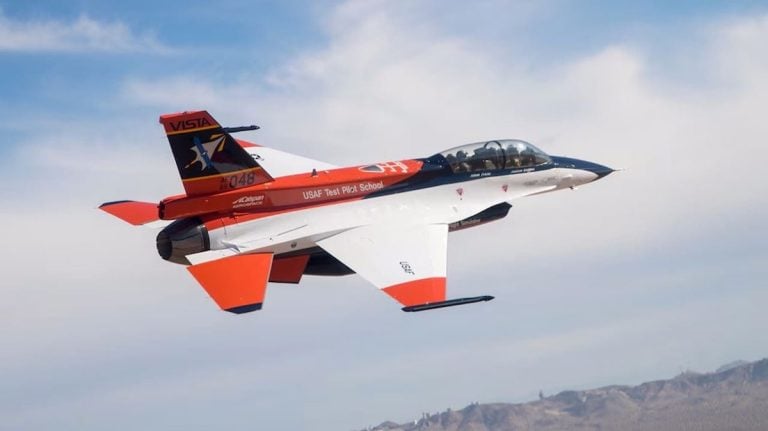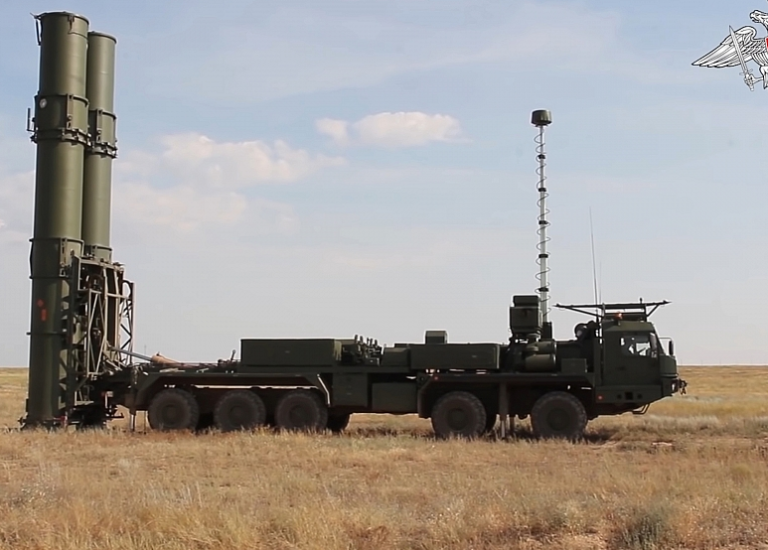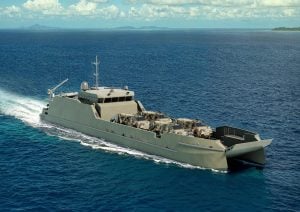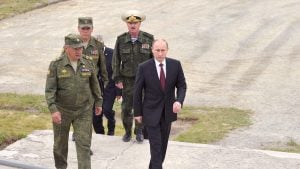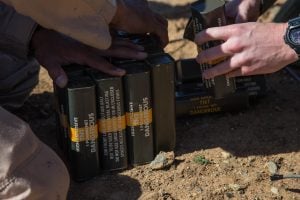Spanish satellite operator Hisdesat has officially contracted Airbus for an ambitious project to design, assemble, and test two new PAZ-2 radar satellites intended for the Spanish Ministry of Defence. These upcoming satellites will replace the original PAZ satellite, which has been operational since 2018.
The PAZ-2 satellites are engineered to capture high-resolution imagery with remarkable precision, delivering images with a clarity of up to 25 centimeters (9.8 inches). In addition to capturing detailed images, the satellites will have the capability to cover an impressive 6.7 million square kilometers (2.6 million square miles) on a daily basis, completing 16 Earth orbits each day. Thanks to their advanced capabilities, the PAZ-2 satellites will function continuously, round the clock, and in all weather conditions, greatly enhancing operational flexibility.
Airbus will lead the development efforts at its facility in Getafe, Spain. The ambitious timeline indicates that the first PAZ-2 satellite is expected to enter service by mid-2031. Central to this project is Airbus’s expertise in synthetic aperture radar (SAR) technology, which allows for high-resolution imaging across extensive areas. Alongside Airbus, a consortium of more than 15 Spanish companies will collaborate on the project, which aims for 65 percent of the satellites’ components to be sourced from domestic production.
The implications of the PAZ-2 program are substantial, as it is set to significantly bolster the intelligence and surveillance capabilities of the Spanish Armed Forces. Furthermore, it will play a crucial role in enhancing not just military operations but also border security, risk management, and civilian infrastructure monitoring.
In a reflection of the program’s strategic importance, Alain Fauré, Head of Airbus Space Systems, emphasized the project’s alignment with current geopolitical dynamics, stating, “The PAZ-2 satellites will reaffirm our commitment to strengthening technological sovereignty in security and defence, as well as our leadership in the national and European space sector.”
